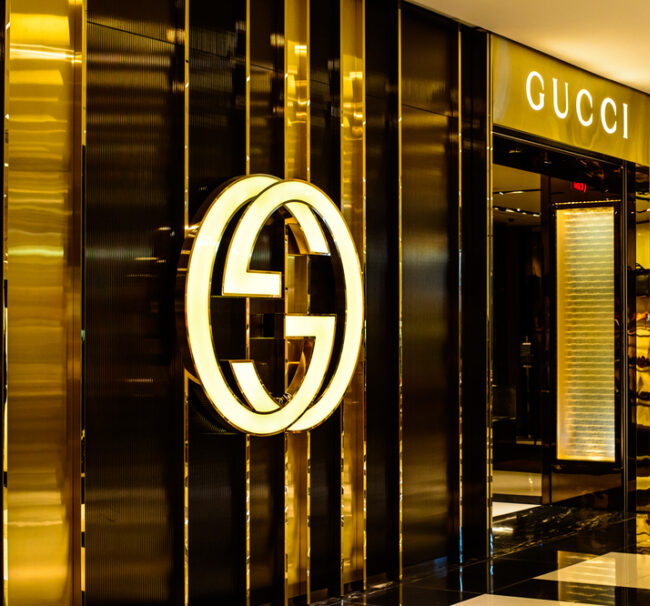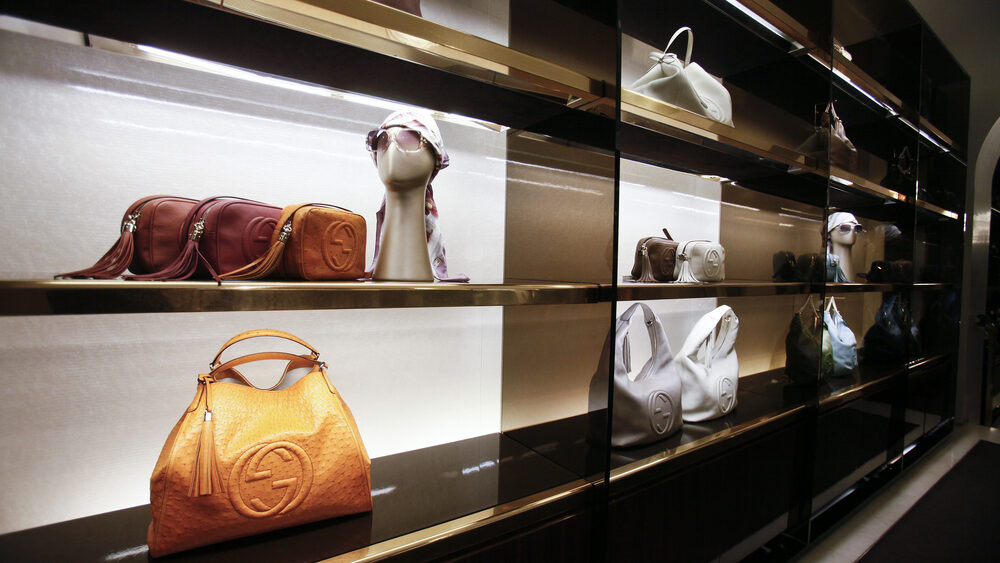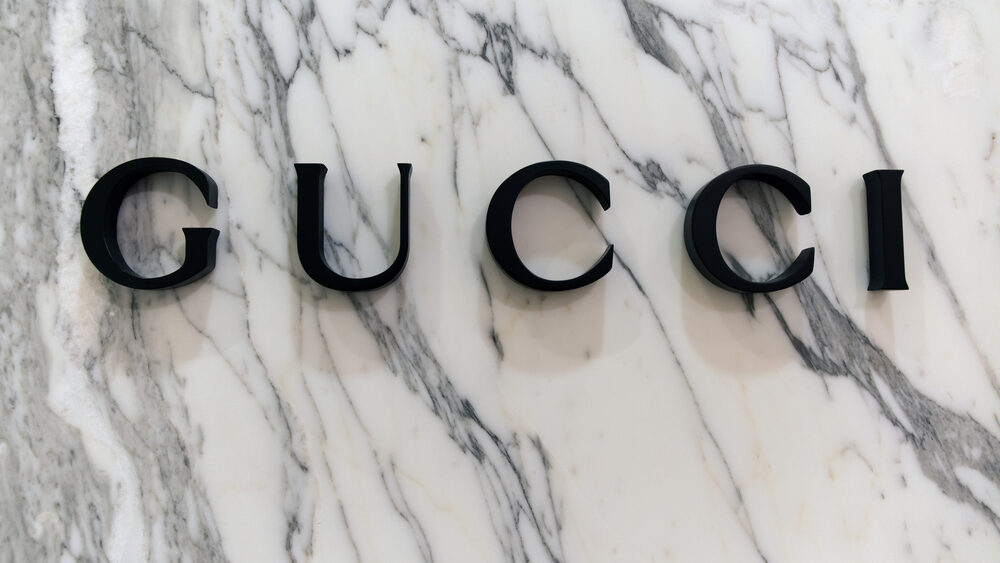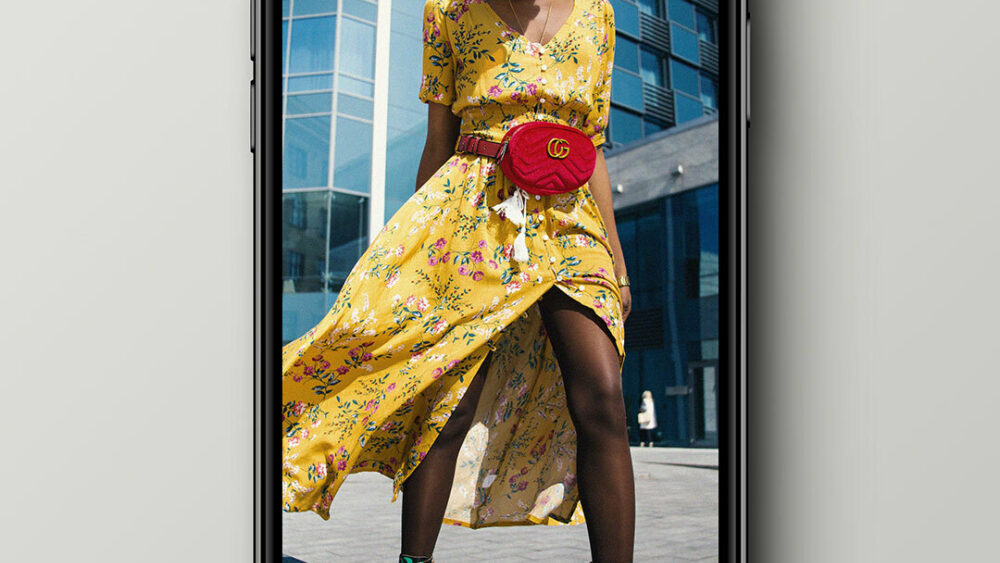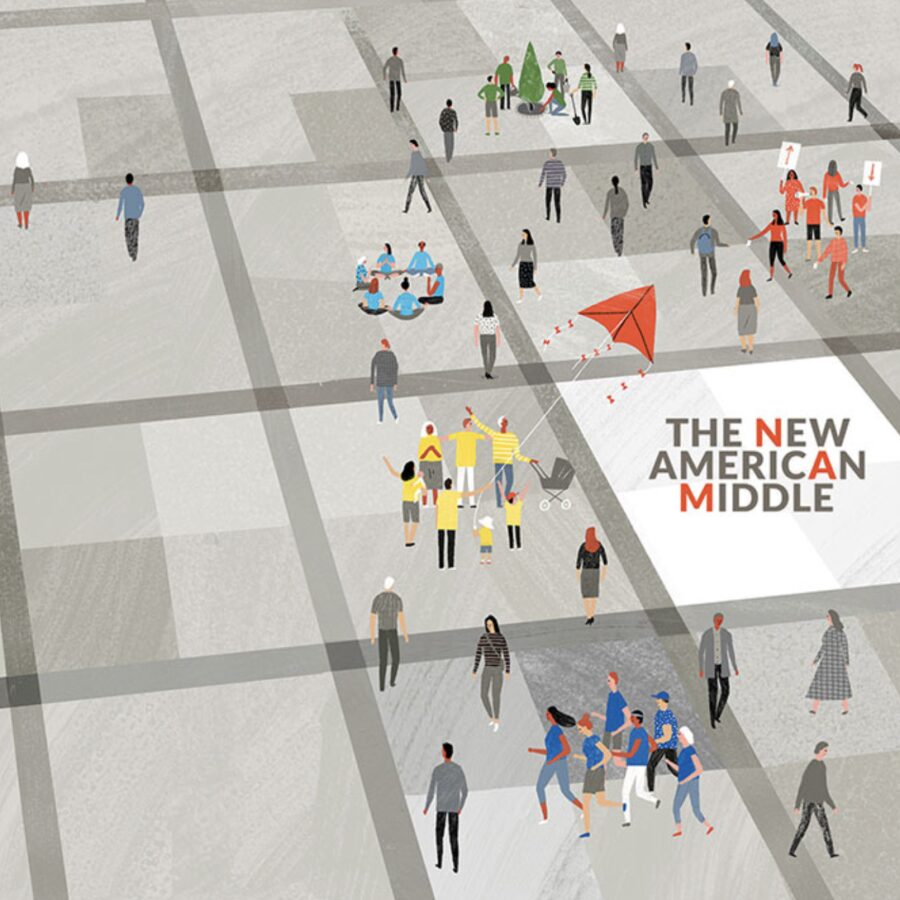As innovative as he is with his designs, Michele is equally pioneering in his perspective on digital media for the luxury-fashion industry. He believes that “creativity is often born and finds its voice in digital media, a vital source of visual culture.” Michele recognized early on that embracing this new cultural standard is essential to keeping up in the fashion industry.
The in-store shopping experience is not to be discredited; it is still a vital part of the business for heritage brands and their devotees. However, in the changing consumer landscape, it’s important to grab each and every opportunity to reach people—especially those who might benefit from or prefer the convenience of shopping online. For that, the in-person experience needs to reach across the digital plane, and a refreshed website and tailor-made purchasing experience are musts.
The bottom line: If it doesn’t sell online, it might as well not sell at all. Longtime fashion houses, regardless of their prestige, iconic status, or name recognition, can suffer if their digital presence is weak, and these sartorial giants are slowly but steadily adopting their own powerful digital strategies.
Tenets of the Top
Back in 2011, when L2 released its third annual report card, many luxury brands had a Facebook presence—and that was about it. According to the report, “One in five brands [lacked] e-commerce capability” at the time. Now, increased demand for more collections and efficient digital engagement has drastically impacted brands’ priorities.
It wasn’t all that long ago that luxury consumers exhibited reluctance to buy online, but they seem to have changed their tune. In fact, consumers are buying more luxury goods online than ever before. And although part of the reason to shop luxury is for the catered in-store experience, e-commerce is fast becoming a viable alternative for those who like convenience with their couture.
An arguably negligible percentage of luxury sales are closed online, but a considerable portion starts there. While only 7 percent of luxury purchases are online, 60 percent of in-store sales involve some kind of digital touch point. It’s crucial, then, to evaluate what digital means to a luxury brand, because it’s fast becoming the way that consumers interact with—and feel intimately connected to—an iconic fashion house.
The challenge has become less about driving consumers one way or another and more about navigating and innovating within the entire multichannel experience. Those who are willing to embrace this challenge and, like Gucci, are worthy of a high digital-IQ score, ultimately create a seamless experience in all aspects of brand interaction. So how did Gucci manage it?
Gucci has been outstanding in its digital dexterity, but the face that the fashion house presents in the online realm is a new one, and therefore the brand needed to find ways to connect its e-commerce experience to its in-store and on-runway experiences to continue to strengthen its relationship with preexisting buyers while keeping the image fresh and current. Gucci has woven e-commerce, social media, digital marketing, and the integration of mobile apps into the tapestry of its legacy offline business. As a consequence, the modern consumer’s relationship with Gucci is holistic, which has resulted in huge returns from longtime customers and new converts alike.
This consumer response has confirmed the importance of allowing offline and digital to work in tandem. These are not separate pieces of the same entity, but rather symbiotic practices used to bolster the success of each. By blurring the lines between physical and virtual sales, consistent, frictionless commerce can take place. And there are many ways this can be accomplished.
What Moves a Digitally Smart Brand to the Front of the Class?
1. Take advantage of the available social real estate, and use it to build a sound, consistent strategy.
Even if the user base is young and/or currently ill-equipped financially (think Snapchat users) to embrace your brand, that doesn’t mean you can’t build brand loyalty early with what may be prospective buyers. They might not buy big-ticket items from the jump, but they’ll be at the ready for that first exciting purchase as soon as it’s within reach. Gucci hopped on Instagram back in 2015 (relatively late) and now has over 12 million followers. The label has used this platform as a tool to grow its reach, with user-generated photography and hashtag campaigns such as #GucciGram, which featured collaborations with prominent visual artists to display the brand’s newest motifs in interesting ways.
Gucci utilized Snapchat creatively in recent years, too. For example, the #24HourAceCampaign used Snapchat Stories, with hourly Takeovers, to promote artists’ treatments of the Ace shoe, and the Gucci Guilty fragrance ad featuring Jared Leto was preceded by a Snapchat Takeover by Leto himself, in December 2015. Because of this influence, the spot made 400 million impressions before its release, in October 2016.
2. Make mobile easy, or more specifically, make it easy to purchase via smartphones and tablets.
Making the process quick and painless means that reaching the final destination (i.e., a completed purchase) will be all the more likely. For example, Burberry saw its e-commerce sales triple after it began supporting Apple Pay’s signature thumbprint-scan feature, which goes to show how the smallest digital update can make a huge impact on profits.
3. Make it personal.
When customers set up accounts on their sites, luxury fashion brands like Hermès, Louis Vuitton, and Burberry achieved greater buyer satisfaction by going beyond asking for names and birthdays. By asking about specific shopping needs (size, style preferences, etc.), they were able to incorporate personalized recommendations, which in turn led to swifter purchasing.
4. Stay true to your brand.
Gucci has spent decades cultivating its brand identity, and it has fared well in adapting to new trends. The modern Gucci is still eclectic, contemporary, and romantic. Gucci has been reinvented, perhaps, but it is still as desirable as ever, with the quality and innovation that are the hallmarks of the brand, representative of all that luxury and Italian craftsmanship embody. The only difference now is that Gucci has made an entrance into the digital space, and, in typical Gucci fashion, that entrance was smart, chic, and a little unexpected.
